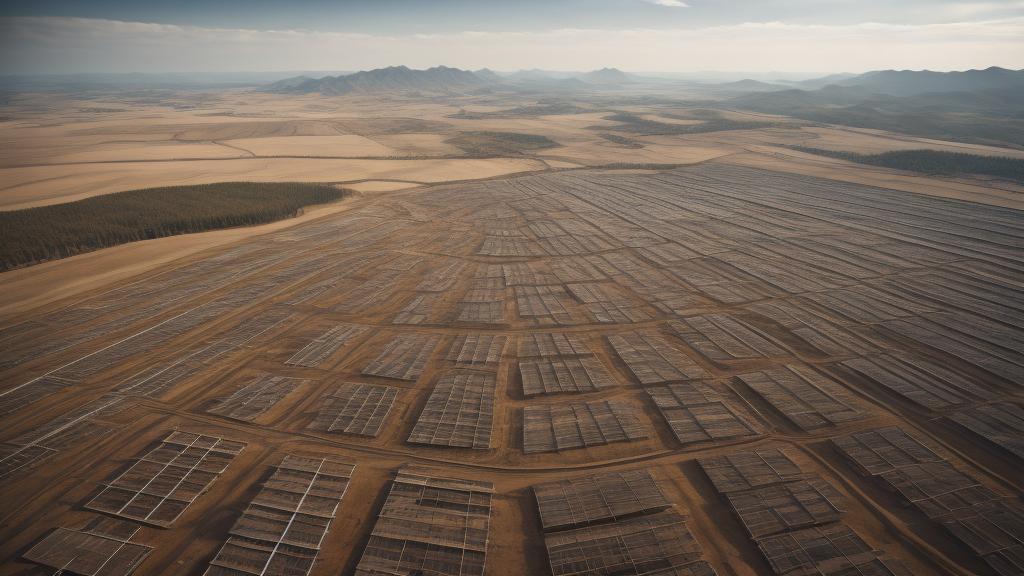In a world increasingly feeling the impact of climate change, the integrity and resilience of our aging electrical grids have never been more crucial. The energy sector is at a crossroads, where innovative solutions must be implemented to ensure reliable power while accommodating the surge in renewable energy adoption.
The foundation of our current electrical grids was laid decades ago, in an era with vastly different needs and expectations. Back then, grid reliability was primarily about maintaining supply during peak hours. However, the rise of extreme weather events, stringent emissions targets, and the rapid integration of renewables have significantly shifted the landscape. Now, modernizing the grid is not just an option; it’s a necessity.
## Legacy Challenges
The traditional grids struggle with inefficiencies, making them prone to failures during high-demand periods or under severe weather conditions. The infamous Texas blackout in 2021 is a clear example of how outdated infrastructure can crumble under pressure, leaving millions without power and causing substantial economic damage.
Upgrading these grids involves a massive overhaul that includes everything from advanced monitoring systems to enhanced transmission lines. It’s no small feat, considering that much of the legacy systems were designed for a one-way power flow, a stark contrast to today’s bidirectional power-sharing among various distributed generation sources.
## The Role of Technology
Technology is at the heart of grid modernization. Smart grids, which leverage advanced computer systems, data analytics, and IoT devices, are transforming how we manage electricity. These intelligent networks use sensors to monitor the grid in real time, predict failures, and balance supply and demand efficiently.
Artificial Intelligence (AI) and Machine Learning (ML) algorithms are pivotal in this shift. These technologies help utilities predict equipment failures before they occur, optimize energy distribution, and even restore power automatically in case of outages. By integrating AI, predictive maintenance can preemptively address issues, significantly reducing downtime and repair costs.
## The Renewable Integration Challenge
As we pivot towards a renewable-heavy energy mix, integrating solar, wind, and other renewable sources into the grid presents new challenges. Unlike fossil fuel generation, renewables are intermittent and less predictable. This unpredictability can lead to grid instability if not managed correctly.
Energy storage systems like batteries are becoming indispensable in managing this variability. Advanced battery technologies allow excess power generated during peak renewable production times to be stored and used when production dips. Furthermore, distributed energy resources (DERs), such as rooftop solar panels and community wind farms, are playing a critical role in local energy resilience.
## Policy and Regulation
Grid modernization is not solely a technological pursuit; it involves significant regulatory and policy shifts. Governments and regulatory bodies worldwide are crafting guidelines to encourage investment in grid infrastructure. The Biden administration's infrastructure plan, for instance, allocates billions of dollars towards upgrading the nation's electrical grid.
Incentives and subsidies are being extended to utilities and private companies willing to invest in grid enhancements. Policies promoting decarbonization and efficient energy management are also pushing the agenda forward. However, regulatory frameworks need to strike a balance between encouraging innovation and ensuring that the power remains accessible and affordable for consumers.
## Community and Consumer Role
One of the less discussed but equally vital aspects of grid modernization is the role of communities and consumers. With the advent of smart meters and home energy management systems, consumers are becoming active participants in the energy ecosystem. These technologies not only empower consumers to monitor and manage their energy usage but also allow them to sell surplus energy back to the grid.
Community energy projects are fostering local participation in energy production and storage. Microgrids, small-scale grid systems operated locally, offer enhanced reliability and can island themselves from the main grid during outages, maintaining power supply to critical facilities.
## Conclusion
As we navigate the complexities of modern energy demands and climate imperatives, grid modernization emerges as a linchpin for a sustainable future. By marrying cutting-edge technology with robust policies and community engagement, we can build a resilient, efficient, and adaptable energy grid capable of meeting 21st-century challenges. It’s a monumental task, but the stakes couldn't be higher. Success will not only mean keeping the lights on but doing so in a way that aligns with our environmental goals and societal needs.
Keeping the Lights On: The Future of Grid Modernization Amid Climate Change

